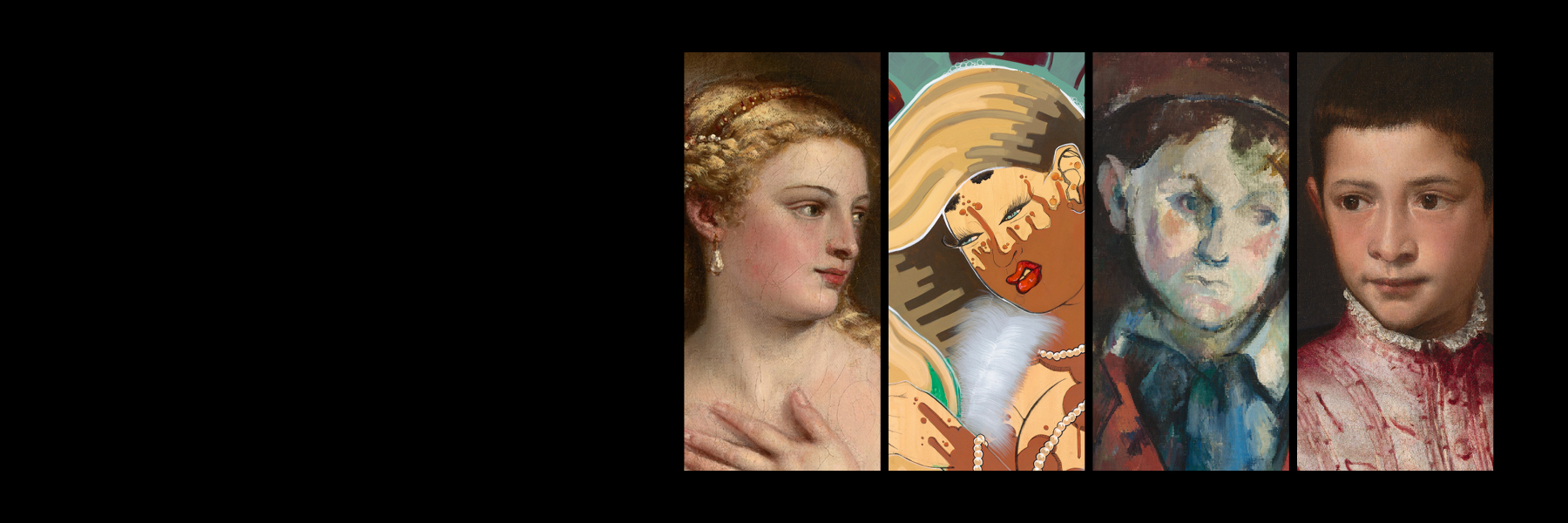Now on View
Ongoing from April 26, 2025
West Building, Main Floor, Gallery 11

Titian, Venus with a Mirror, c. 1555, oil on canvas, Andrew W. Mellon Collection, 1937.1.34

Rozeal. (formerly known as iona rozeal brown), afro.died, T., 2011, acrylic, pen, ink, marker, and graphite on birch plywood panel, Corcoran Collection (Museum Purchase with funds provided by the Women's Committee of the Corcoran Gallery of Art), 2015.19.243

Paul Cezanne, Boy in a Red Waistcoat, 1888-1890, oil on canvas, Collection of Mr. and Mrs. Paul Mellon, in Honor of the 50th Anniversary of the National Gallery of Art, 1995.47.5

Titian, Ranuccio Farnese, 1541-1542, oil on canvas, Samuel H. Kress Collection, 1952.2.11
Organization
Organized by the National Gallery of Art, Washington
Passes
Admission is always free and passes are not required
